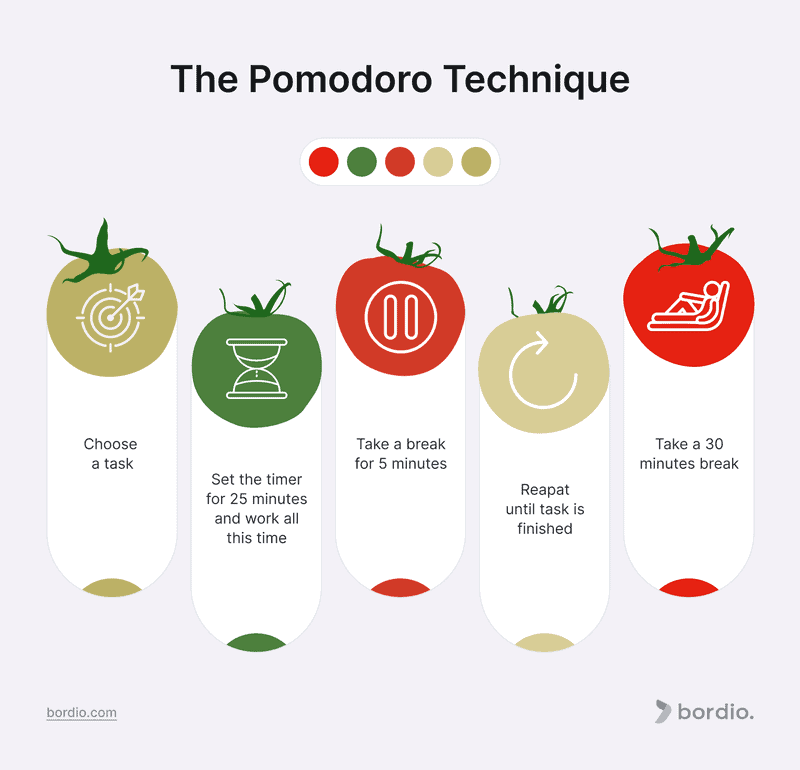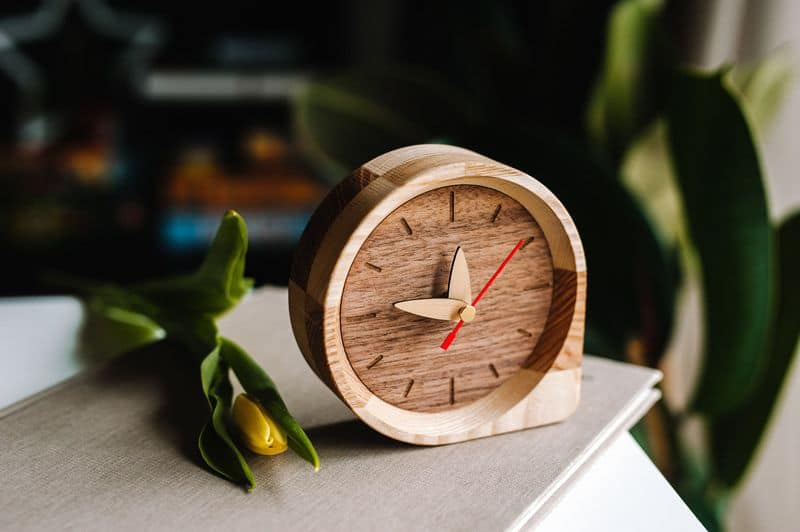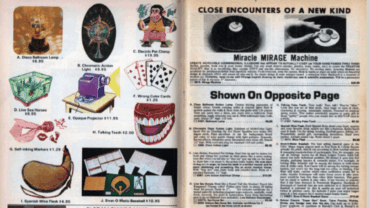In a world dominated by digital distractions and endless notifications, sometimes the best solutions are those rooted in simplicity and tradition. Old-school time management methods have stood the test of time for a reason—they work. Here, we explore ten timeless strategies that can outshine any modern app.
1. Plan Your Day the Night Before

Taking a few quiet moments to plan your day the night before is an age-old trick that brings clarity and focus. This practice allows you to wake up with a clear mind and an action plan.
By jotting down tasks and priorities, you set the tone for a productive day. It’s like gifting your future self a roadmap, easing morning anxiety. Enjoy your evening more, knowing tomorrow is already planned.
This simple ritual can be done anywhere—a journal, sticky notes, or even on a scrap of paper—bringing order and intention into your daily routine.
2. Daily Planner

A daily planner is your best friend for keeping track of tasks and appointments. Choose a paper planner to unplug from digital chaos. The act of writing helps reinforce memory and commitment. There’s something satisfying about crossing tasks off a list.
To make the most of it, take a few minutes each night to outline your upcoming day. This technique promotes focus and reduces stress, as you wake up with a clear action plan. The tactile experience of flipping pages adds a rhythm to your routine. Let this planner be your quiet companion.
3. Pomodoro Technique

The Pomodoro Technique is a simple yet effective way to maintain concentration and prevent burnout. Using a timer, work for 25-minute intervals followed by five-minute breaks. This method maximizes focus while allowing for necessary rest.
The structure is particularly useful for long projects requiring sustained attention. As you repeat cycles, your mind becomes conditioned to engage deeply and rest adequately, improving overall efficiency.
Incorporating this technique into your routine can lead to a significant boost in productivity. It’s a rhythm that balances work and rest, aligning with natural concentration spans.
4. Mind Mapping

Mind mapping is a creative way to organize thoughts and ideas visually. Start with a central concept and branch out into related topics. This method encourages brainstorming and captures the flow of ideas in a non-linear fashion.
By mapping your thoughts, you can see connections you might otherwise miss. It’s a tool for both organization and inspiration, providing a clear overview of complex subjects.
Utilize colorful pens or chalk to differentiate branches and highlight key points. As you engage with this visual representation, you’ll find innovative solutions and paths previously unexplored.
5. A Physical Calendar

Using a physical calendar provides a visual representation of your month, helping track appointments and deadlines. Hang it in a visible spot to keep dates front of mind.
The act of manually marking events instills a sense of commitment and anticipation. It’s a straightforward way to foresee busy periods and plan accordingly.
Decorate it with stickers or colored markers to differentiate types of engagements. A calendar serves as a daily reminder of upcoming events, reducing the likelihood of last-minute surprises and fostering organized living.
6. Old-School Desk Clock

A desk clock offers constant time awareness without the distractions of a smartphone. Choose one with a design that complements your workspace.
A glance at the clock helps maintain focus, as you’re less tempted to check your phone for the time. This tool supports punctuality, ensuring tasks are completed in a timely manner.
The presence of a clock encourages mindfulness, reminding you of the passage of time and the need to manage it wisely. It’s a subtle yet effective way to cultivate discipline in daily routines.
7. Routine Rituals

Establishing routine rituals sets a positive tone for the day. Whether it’s a morning meditation or an evening reflection, rituals ground you in purposeful action. These consistent habits foster stability and predictability.
Such routines minimize decision fatigue by providing a framework for daily actions. They’re personal, chosen activities that align with values and goals.
Incorporating rituals into your schedule elevates everyday moments, transforming them into intentional practices. This approach nurtures wellbeing and productivity, offering a gentle anchor amidst the day’s demands.
8. Finish What You Start

Imagine a time when multitasking wasn’t the norm. People focused on completing one task before moving on to the next. This method, though simple, can be incredibly efficient. It’s about committing to a task until it’s done.
Starting a task is just the beginning. The real challenge lies in seeing it through to the end, especially when distractions are everywhere. Dedicate time to finish what you start, and you’ll find satisfaction in completion.
This approach not only boosts productivity but also enhances focus and reduces stress, making it a timeless time management strategy.



